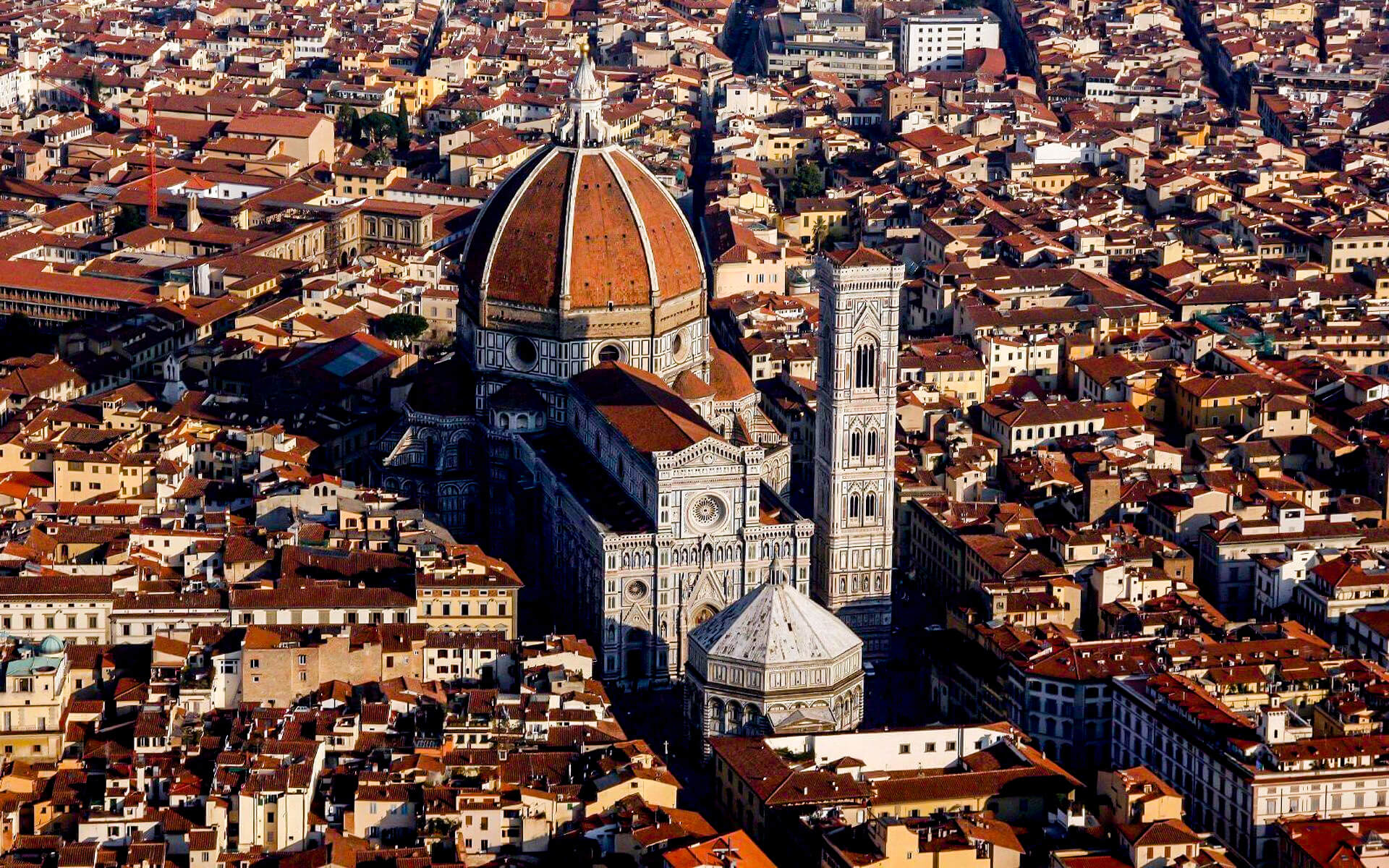The most important industry in downtown Florence is tourism. Tourists outnumber locals from April through October. The Uffizi and Accademia museums are often sold out, and enormous crowds frequent the basilicas of Santa Croce and Santa Maria Novella, both of which charge admission. Prior to visiting The Uffizi and Accademia, tickets for The Uffizi and Accademia may be bought online.
Florence is said to contain the world’s highest concentration of art (in relation to its size). As a result, cultural tourism is especially strong, with world-renowned museums like the Uffizi selling over 1.6 million tickets every year. The city’s convention center was renovated in the 1990s and now hosts exhibits, conferences, meetings, social forums, concerts, and other events throughout the year.
Florence has roughly 35,000 hotel beds and 23,000 additional lodging options (campsites, guesthouses, youth hostels, and farmhouses), with the potential for annual visitor/nights to approach 10 million. Thousands of day-trippers arrive by cruise ship (to Livorno) as well as by road and rail. With around 1.729 million visitors in 2007, the city was recognized as the world’s 59th most visited city in 2007. It is believed that slightly under one-third of visitors are Italians, with the balance consisting of Americans (20%), Germans (13%), Japanese (8%), Britons (7.8%), French (5.7%), and Spaniards (5 percent ).
Florence has a humid subtropical climate (Cfa), with a Mediterranean influence (Csa). Summers are hot, with moderate to low rainfall, while winters are chilly and moist. Summer temperatures in Florence are greater than near the coast because there is no prevailing breeze. Convectional rainfall predominate in the summer, whereas relief rainfall dominates in the winter. Snowfalls occur practically every year, however they often leave no mark on the earth. The highest officially recorded temperature was 42.6 degrees Celsius (108.7 degrees Fahrenheit) on July 26, 1983, while the lowest was 23.2 degrees Celsius (9.8 degrees Fahrenheit) on January 12, 1985.
Florence is surrounded by the hills of Careggi, Fiesole, Settignano, Arcetri, Poggio Imperiale, and Bellosguardo (Florence). It is traversed by the Arno and three other smaller rivers.
Tourism is by far the most significant industry, and the majority of the Florentine economy is based on money produced by foreign visitors and students studying in the city. Manufacturing and commerce, on the other hand, remain vital. Florence is also Italy’s 17th wealthiest city in terms of average worker wages, with €23,265 (the city’s entire income is €6,531,204,473), behind only Mantua but exceeding Bolzano.
Because there are so many visitors in Florence, the city center is teeming with webcafés and phone call centers. On most nights, there are large lineups for the phone booths.
You may also get a pre-paid card that will provide you with a significant discount on international calls by calling a particular number.
Wireless LAN connection is becoming more common. Even though the service is free, you must supply your name and contact information to the service provider in order to acquire an access code. This is due to anti-terrorist legislation in Italy. It is not feasible to get access anonymously.


